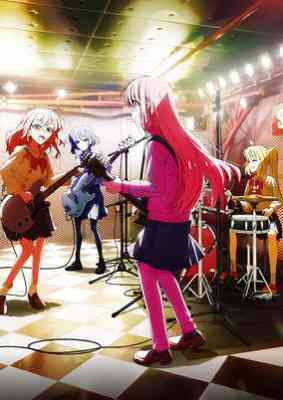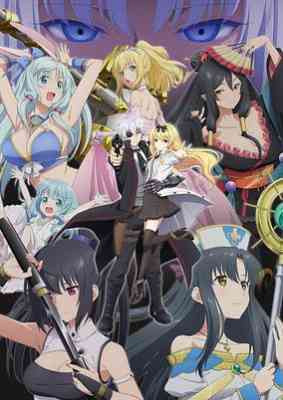Seiichi Hayashi produced Red Colored Elegy between 1970 and 1971, in the aftermath of a politically turbulent and culturally vibrant decade that promised but failed to deliver new possibilities. With a combination of sparse line work and visual codes borrowed from animation and film, the quiet melancholy lives of a young couple struggling to make ends meet are beautifully captured in this poetic masterpiece.
Uninvolved with the political movements of the time, Ichiro and Sachiko hope for something better, but they're no revolutionaries; their spare time is spent drinking, smoking, daydreaming, and sleeping--together and at times with others. While Ichiro attempts to make a living from his comics, Sachiko's parents are eager to arrange a marriage for her, but Ichiro doesn't seem interested. Both in their relationship and at work, Ichiro and Sachiko are unable to say the things they need to say, and like any couple, at times say things to each other that they do not mean, ultimately communicating as much with their body language and what remains unsaid as with words.
Red Colored Elegy is informed as much by underground Japanese comics of the time as it is by the French Nouvelle Vague, and its cultural referents range from James Dean to Ken Takakura. Its influence in Japan was so large that Morio Agata, a prominent Japanese folk musician and singer songwriter, debuted with a love song written and named after it.
"I wanted to live like Sachiko and Ichiro; to have aspirations even while living stoically and humbly." --Morio Agata
Red Colored Elegy has finished publishing and it has 13 Chapters. It is also Known as: 赤色エレジー, Akairo Elegy
Genres: Thriller , Slice of Life , Drama
Try our anime quiz: Anime Characters Guessing Quiz/Game
Top Manga Like Red Colored Elegy (Sekishoku Elegy) [2025 List]
4. Paranoia Star

Collection of short stories by Maruo.
It's almost impossible to summarize them, most of them aren't really plot driven but they deal with abnormal states of the mind and are permeated by a general surrealism.
As in many of this works, he shows references to the art and culture of 1920s and 1930s Japan and Germany which had inspired his own artistic style.
Paranoia Star has finished publishing and it has 8 Chapters. It is also Known as: パラノイア・スター, パラノイア・スター
3. Miyoko Asagaya Kibun

1. Miyoko Asagaya Kibun
2. Guntou
3. Burai no Omokage
4. Asagaya Shinjuu
5. Pistol
6. Kawa
7. Shizuka na Pink
8. Rakkasan
9. Renai
10. Kiss
Miyoko Asagaya Kibun has finished publishing and it has 10 Chapters. It is also Known as: 美代子阿佐ヶ谷気分, Guntou, Burai no Omokage, Asagaya Shinjuu, Pistol, Kawa, Shizuka na Pink, Rakkasan, Renai, Kiss
2. Nijigahara Holograph

Suzuki is a troubled boy. He's lived with uncaring foster parents for most of his life, alienated from the other kids at his school, owner of a cynical, unhappy mentality. Komatsuzaki is a violent, unpredictable bully whose head trauma causes him to act in mysterious, inexplicable ways.
Arakawa is a no-nonsense, normal girl who pines after Komatsuzaki but can never have him. A teacher with just one working eye. A mother who committed suicide. A daughter in an endless coma. Attempted rapes, murders, extortion, sexual deviance, and a freakish explosion in the butterfly population. All of these elements are whirled together in a story spanning 10 years, a tale of blackness, pain and apocalypse. And maybe just a bit of hope and redemption.
It's a spiritual cross between the misanthropic suburban malevolence of Kyoko Okazaki's Rivers Edge and the eerie mysticality of Donnie Darko.
Nijigahara Holograph has finished publishing and it has 15 Chapters. It is also Known as: 虹ヶ原ホログラフ, Rainbow Field Holograph
1. Dousei Jidai

1970's, Tokyo.
Kyoko and Jiro, unmarried, live together. A love story with trouble sadness and tears.
Dousei Jidai has finished publishing and it has 80 Chapters. It is also Known as: 同棲時代, Lorsque nous vivions ensemble














